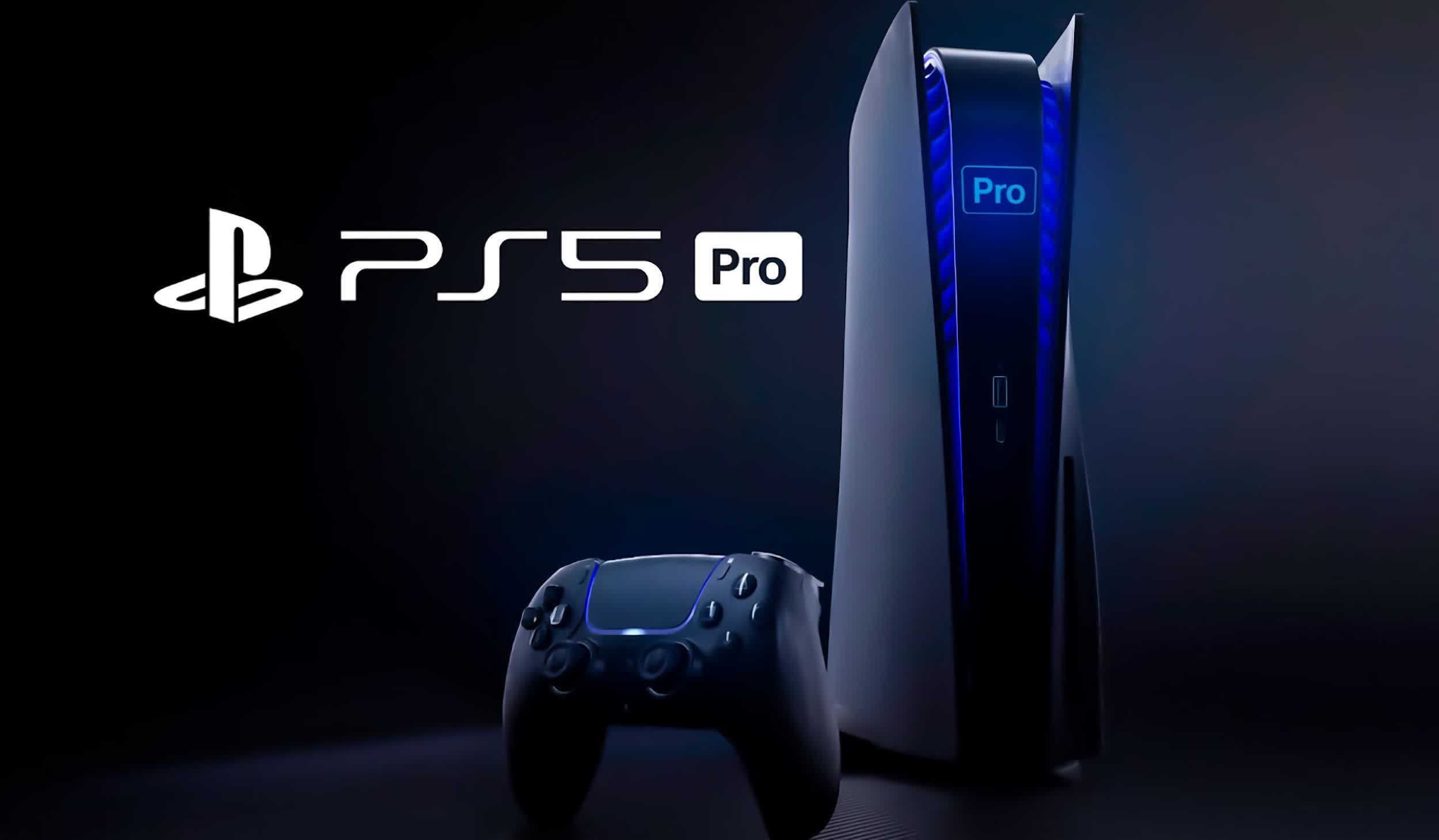Rumor mill: News of a midlife PlayStation 5 refresh began swirling again. Supposedly, Sony plans to launch a PS5 Pro next year. The specs seem sketchy, but it will reportedly have higher framerates while playing in 4K, and games could even feature an 8K performance mode.

The rumors began over the weekend with a blog post from Tom Henderson last Friday. According to anonymous sources, Sony has been working on "Project Trinity" since early last year. You might recall Sony's affinity for references to the movie The Matrix with its Project Morpheus (PSVR) and Project Neo (PS4 Pro) in 2016.
Henderson's sources said the more powerful console sports "30 WGP and 18000[MT/s] memory." These terms are difficult to define without context. Since 30 WGP is equivalent to 60 CU, and the PS5 can run up to 36 CU, some believe that Sony is shooting to double the performance over the standard console – a reasonable assumption considering the insiders' claims of higher and more stable FPS@4K and an 8K mode. They also mentioned that the PS5 Pro will have "accelerated ray tracing." Presumably, the sources meant "AI-accelerated," but that is unclear.
Sony plans on sending out PS5 Pro devkits later this year and is shooting for a consumer launch in November 2024. Although the insiders didn't mention a price point, current rumors indicate pricing will likely range between $599-$699.
Of course, as always, we should remain critical of "anonymous" leaks. While there are good reasons for true insiders to stay anonymous, it also allows jerks to pretend to have exciting information while making stuff up. Keep your grain of salt handy.
In case you missed it over the weekend, the PS5 Pro is codenamed Trinity.
– Tom Henderson (@_Tom_Henderson_) July 24, 2023
Sorry for the confusion, but this website is mine. Will update you on things like patch notes, press releases, transcription etc.
You can follow it at @KeyToGamingNews https://t.co/0LEbJfFjeO
I'm finding it difficult to take this leak seriously, not just because of the sketchy spec claims. I mainly don't see a reason to release a PS5 Pro yet. As it is, developers have barely begun tapping the full potential of the PS5's current configuration. There is little point in upgrading the hardware unless it is actually needed, or Sony can create a sense of necessity from a marketing standpoint.
If you recall, necessity led to Sony's release of the PlayStation 4 Pro in 2016. The company had been working on Project Morpheus, later dubbed PlayStation VR, since at least 2014. While the PSVR was compatible with the standard PS4, performance was much better with the Project Neo (PS4 Pro) variant.
Couple this with the fact that by late 2015 – one year before the PS4 Pro launched – developers were starting to make games that began taxing the PS4 and 4K TVs were becoming affordable. So at the very least, Sony had a good marketing strategy for releasing a refreshed PS4 console – "Your PSVR and the latest games are going to run and look much better on our new PS4 Pro!"
We aren't seeing that right now with the PlayStation 5. It handles even the latest PS5-focused (as opposed to PS5/PS4) titles with little effort. The newly released PS VR2 also runs fantastically on the console. Furthermore, 8K TVs are still priced a bit high, with entry-level sets costing $1,000 or more. It seems a bit premature to launch an upgraded deck when the current one runs so well.
So keep your expectations in check, and let's see what transpires in the next several months. If the rumor holds water, Sony should be officially firing up the hype train anytime now.
https://www.techspot.com/news/99522-project-trinity-leak-indicates-ps5-pro-refresh-coming.html

